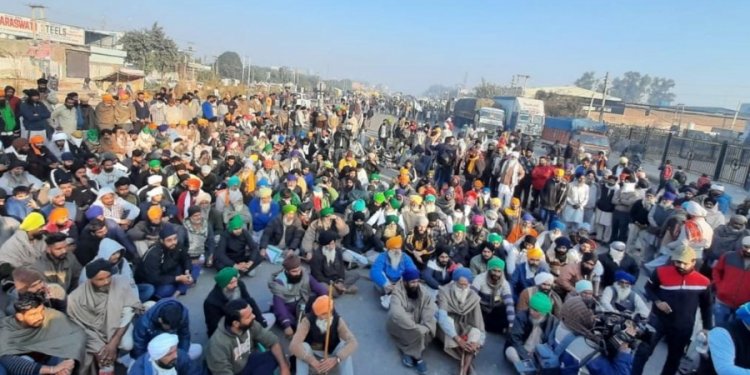The two protest sites: Tikri and Singhu, separated by a physical distance of 4 km, seem to exist in different spaces. If one is flooded with lavish langars and unheard-of dishes, the other is struggling to feed people even basic items.
Two Punjabs are represented at the two sites. One belongs to the landless and the other to the landlord; those coming from fertile land and those from the infertile hinterland.
Singhu seems to have emerged as the centre of the struggle, with the entire leadership of farmers camping amid the attention of national media and most of the langars from Delhi and Punjab being offered there. On the other hand, Tikri, where most of the farmers are from the poorest of the poor districts of Malwa, is managing on its own.
Harinder Kaur Bindu, vice-president of BKU (Ugrahan) said, “Singhu has better connectivity to Delhi and Chandigarh. So, most of the people offering langars and other help prefer that site over Tikri.” She said that most of the farmers at Tikri are poor who come from the Malwa region where landholdings are small. Many are even landless. These are the people among whom the maximum suicides have taken place. HK Bindu also said, “We have given village units responsibility to manage their own langar. From each village, if one team returns, the other starts off with ration.”
If Singhu looks like a picnic spot with langars of desi ghee pinnis to pizzas, foot massagers to roti-making machines, the atmosphere at Tikri seems to be more vibrant and reflective of the midnight documentary film screenings to revolutionary theatre, from raising the issues of landless to food for all.
Rajinder Singh Deep Singhwala, vice-president of Kirti Kisan Union, said that Singhu has become the centre of struggle but other centres are equally important.





